
Mayo Clinic, Rochester, MN Hospital Facility
Instead of using a contractor, the Mayo Clinic has set up its own air ambulance operation.
December 1, 2017
Some large flight departments can put together an international trip in less than 24 hours. Owner-operators can be ready to go in under an hour. The world of air ambulance flying is different: on clear days, a Mayo Clinic helicopter – with a pilot, a flight nurse and a flight paramedic onboard – can dispatch in about eight minutes.
Mayo Clinic has had an air ambulance service since 1984, but in 2013, the hospital decided to apply for its own Part 135 certificate, instead of contracting with a vendor to manage the flight operation, as hospitals traditionally do.
“Now, we own the AOC (air operator’s certificate), we own the aircraft, and we employ the pilots,” said Joel Kozlowski, director of aircraft operations for Mayo Clinic Medical Transport (MCMT). “It gives the hospital complete operational control and integrates the air medical program with Mayo’s primary value of the needs of the patient coming first.”
Today, MCMT employs three administrative assistants, along with 28 pilots, 10 maintenance technicians and nearly 50 nurses and paramedics. It operates four Airbus EC145s and a Beechcraft King Air 350. The King Air is based out of Rochester International Airport (RST), a 20-minute drive from Mayo Clinic’s campus. Two of Mayo’s helicopters operate out of a hangar on the hospital roof, with one serving as a back-up to the fleet, and two more are based at airports in Mankato, MN and Eau Claire, WI.
A New Part 135 Certificate
“It can take a long time to get all your FAA authorizations for a Part 135 certificate,” said Kozlowski. “As an organization, we had never done this before.
“We kept the process deliberate,” said Kozlowski. “There are a lot of requirements, and there’s not a checklist, so the operator is forced to read a lot of regulations and ask a lot of questions.”
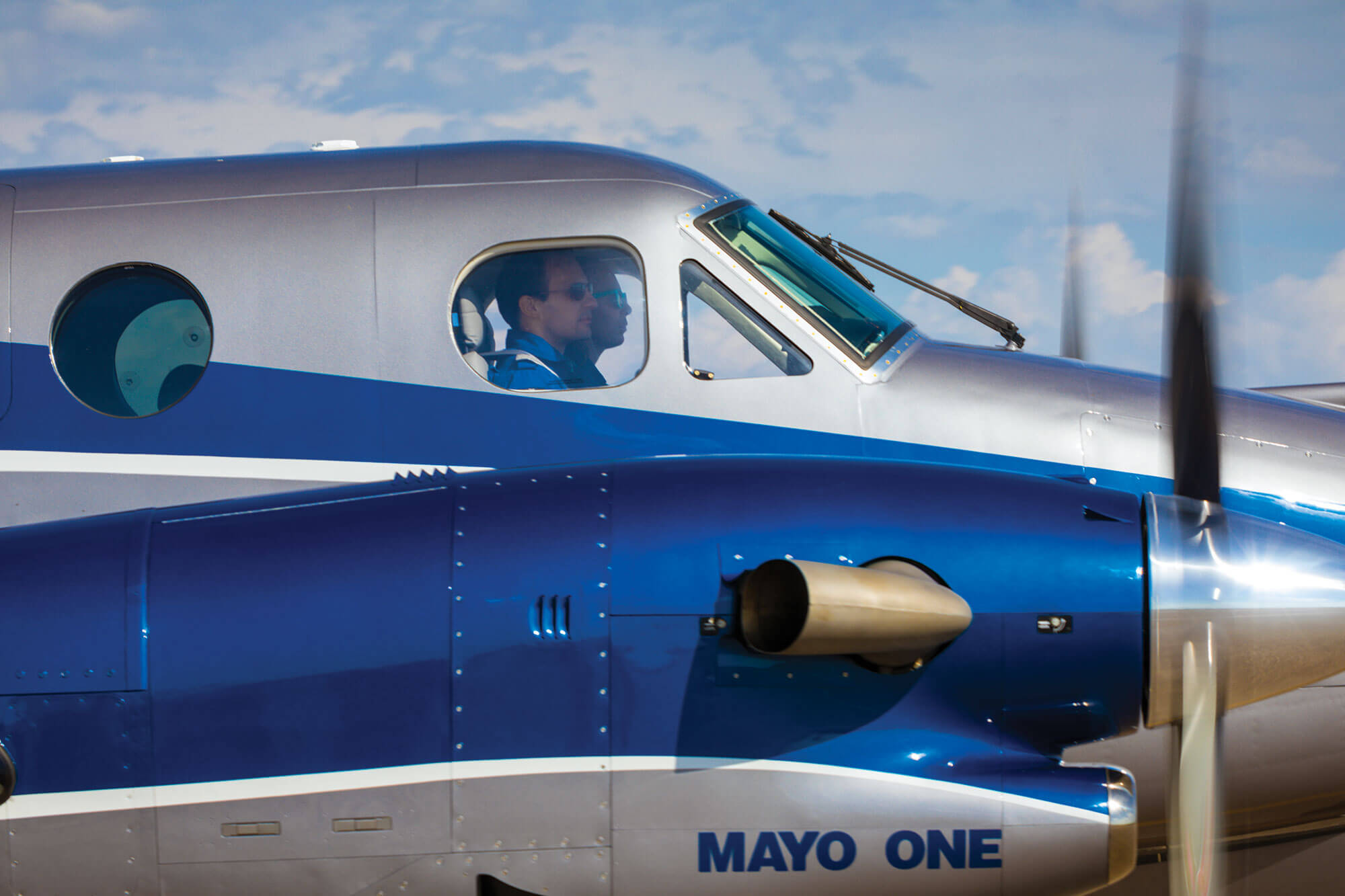
The first and largest challenge was for MCMT to develop its own training program. Some pilots and maintenance technicians were recruited from the previous vendor, but Mayo Clinic now needed to oversee their recurrent training, and there was no third-party pilot training program for the EC145.
Chief Pilot Bob Ringold explained, “We had to create every piece of it in-house – what our expectations were, the actual classes and all our own training manuals, all the reference points for the safety culture we wanted.”
During the authorization process, MCMT treated every pilot as a brand new aviator who had never worked there before and had them go through ground school and check rides.
In addition to writing thousands of pages of training manuals, Kozlowski, Ringold and the management team wrote all new policies and procedures.
Many of the existing policies that had supported the vendor relationship now conflicted with what the FAA required for an air operator certificate. “So, we had to rewrite a lot of policies,” said Kozlowski, “and that took a lot of time.”
Working Closely with the FAA
Part of what made Mayo Clinic successful was forging a close working relationship with the FAA. They also took each project one at a time.
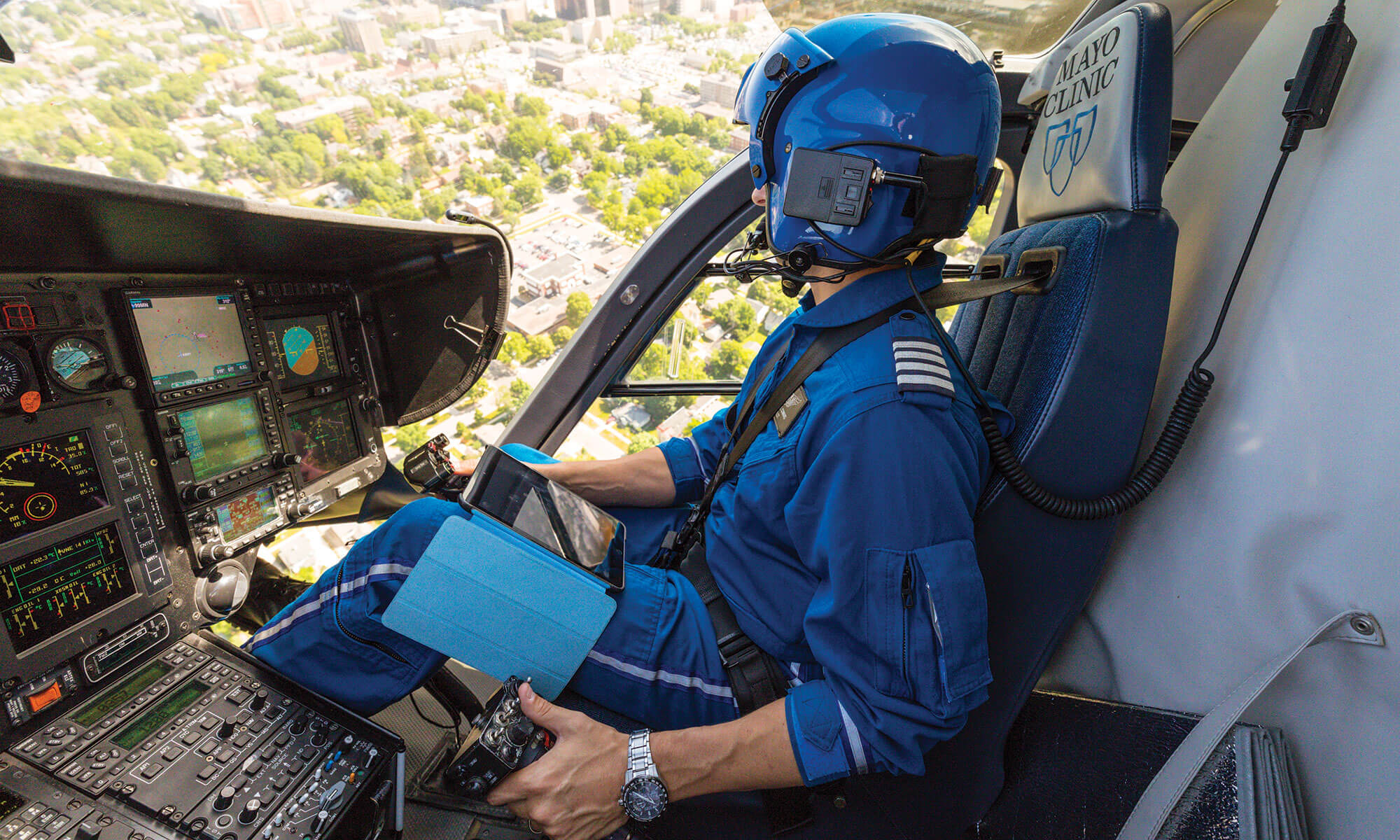
Many operators starting a new flight department or obtaining a new certificate might want to go paperless from the beginning. “I think that’s a mistake,” said Kozlowski. “You can run into a lot of problems with the regulations. Keep it simple and go slowly.”
The Mayo team waited before pursuing electronic flight bag authorization and IFR qualifications. When MCMT left the vendor relationship, all the vendor pilots who joined Mayo were qualified for night-vision goggles (NVG) to land the helicopters on unimproved ground under IFR conditions. Instead of trying to renew their NVG qualification during the Part 135 approval, MCMT decided to wait until after they had the air carrier certificate to pursue NVG renewals.
Now it’s just one employer, and that really builds relationships between the aviation staff and the medical staff.
In the first year after they had the Part 135 certificate, MCMT flew only VFR operations, then added the NVG qualification the year after, in 2014. “By scaling it, we allowed our trainers and our check pilots to work with the FAA more efficiently,” said Kozlowski.”
To further facilitate working with the agency, Kozlowski and Ringold went to the FAA Academy in Oklahoma City, OK, to receive training on WebOPSS, the agency’s online system for applying for OpSpecs and LOAs. Kozlowski also asked his team to respond to requests from the FAA within three hours.
“There’s usually some back-and-forth for any kind of authorization,” said Kozlowski. “Generally, you have 30 days to respond to the FAA, and then they have another 30 days to get back to you. We know the FAA is resource-limited, so a lot of the time, we stop everything and try to respond right away. If we can do that, we can move much faster through the process.”
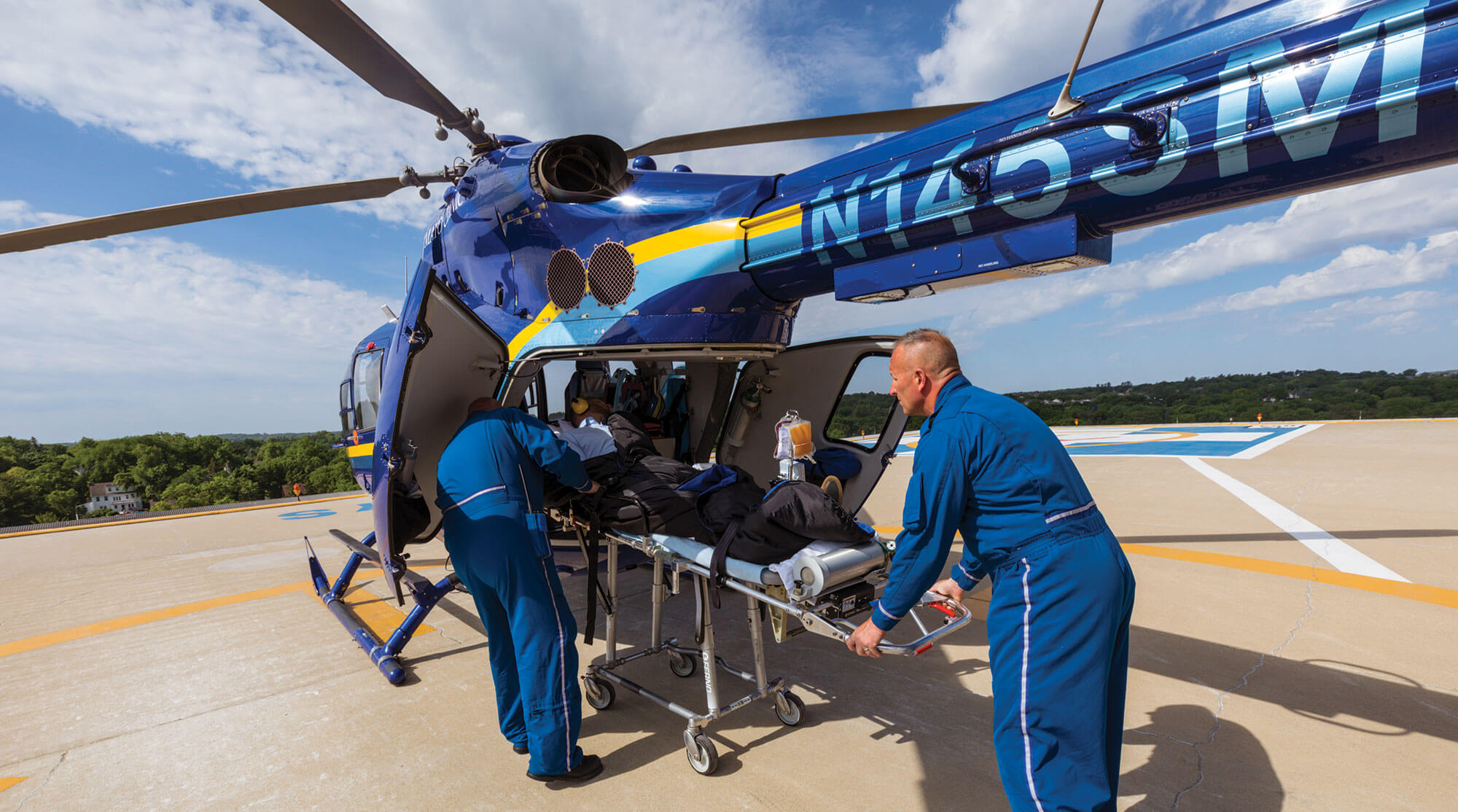
As a result, Mayo Clinic can get OpSpecs in one day. With that focus, the MCMT team brought the aviation personnel and the medical staff together in one organization in less than a year.
“Now it’s just one employer, and that really builds relationships between the aviation staff and the medical staff,” said Kelly Sahs, MCMT’s director of clinical operations. “It’s improved our team cohesiveness.”
Now the pilots, flight nurses and paramedics all work the same duty schedule. At the start of a shift, the pilots will review the surrounding weather with the medical crews and talk about the routes they might fly and the unimproved areas where they might land.
“A big part of being in the EMS community is teamwork,” said Maxwell Conrad, a helicopter captain. “You have to be comfortable being questioned by non-pilots, going over how long a flight will be, and how much fuel we’re carrying. We want the medical team to have input, for safety, but they also need to know so they can decide how to treat the patient in flight.”
Instead of multiple calls between the emergency dispatchers, the vendor and the flight team, now one phone call “gets us off the ground a lot more quickly than we used to,” said Sahs. “Our flight times are a lot more streamlined, especially in the fixed-wing environment.”
As a result, Mayo Clinic can get OpSpecs in one day. With that focus, the MCMT team brought the aviation personnel and the medical staff together in one organization in less than a year.
“Now it’s just one employer, and that really builds relationships between the aviation staff and the medical staff,” said Kelly Sahs, MCMT’s director of clinical operations. “It’s improved our team cohesiveness.”
Now the pilots, flight nurses and paramedics all work the same duty schedule. At the start of a shift, the pilots will review the surrounding weather with the medical crews and talk about the routes they might fly and the unimproved areas where they might land.
“A big part of being in the EMS community is teamwork,” said Maxwell Conrad, a helicopter captain. “You have to be comfortable being questioned by non-pilots, going over how long a flight will be, and how much fuel we’re carrying. We want the medical team to have input, for safety, but they also need to know so they can decide how to treat the patient in flight.”
Instead of multiple calls between the emergency dispatchers, the vendor and the flight team, now one phone call “gets us off the ground a lot more quickly than we used to,” said Sahs. “Our flight times are a lot more streamlined, especially in the fixed-wing environment.”
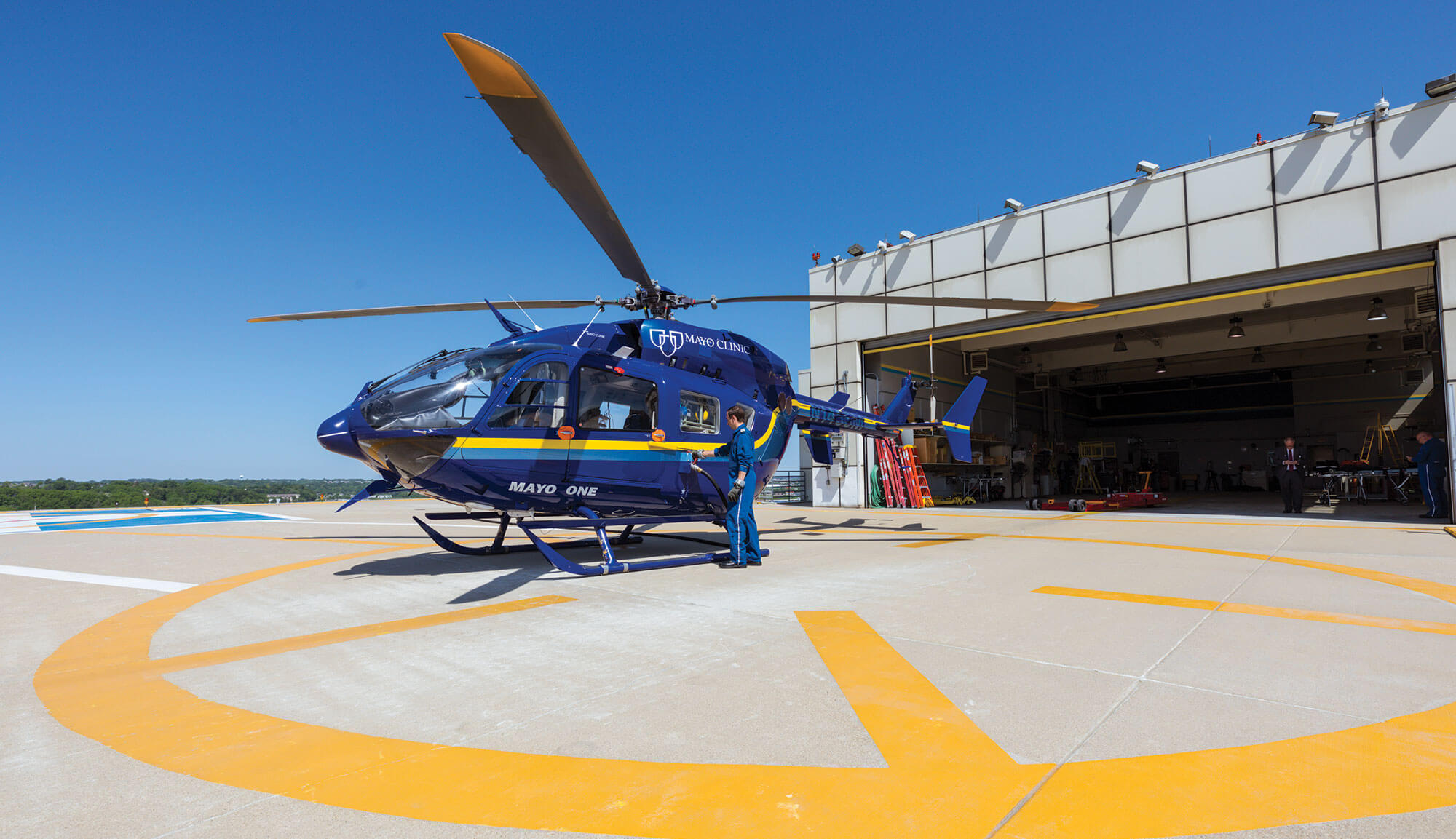
Adding Fixed Wing
In 2016, the medical directors and the aviation team decided to add their first airplane to the MCMT fleet.
“We knew we were looking at a turboprop,” said Ringold. “The market we serve is about 600 miles from the hospital, and the King Air 350 gives us the ability to go out and back with a full load of passengers and medical equipment.”
The King Air is outfitted with exactly the same medical equipment as the helicopters, and carries the same medical crew (a flight nurse and a paramedic), but has two captain-rated pilots. However, its mission profile is very different.
The helicopters have a range of about 150 miles, while the King Air can go nearly 1,700 miles, although MCMT usually stays within 600 miles and tankers fuel. The turboprop can land at 5,000-foot runways (MCMT is working on approval for 4,000 feet), so it can replace the helicopters at many airports.
“They can go in weather we can’t,” said Conrad of the fixed-wing pilots, “because we’re not able to fly through icing at all in the helicopter.”
Both Kozlowski and Ringold had fixed-wing experience, so they knew how to add an airplane to the fleet. Because the King Air is heavier than 12,500 pounds, they also needed to put it on the TSA Security Program.
“Adding the fixed-wing program to our helicopter operation aligns well with our ground ambulance network, so we’re able to provide the right vehicle to the patient during various weather conditions or distances,” said Kozlowski.
Snapshot: Mayo Clinic
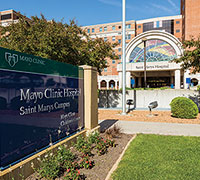
Base:
Main helicopter hangar in Rochester, MN, and fixed-wing base at Rochester International Airport (RST).
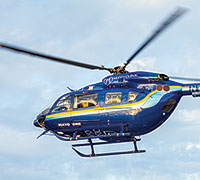
Aircraft:
Four Airbus EC145s and one Beechcraft King Air 350.
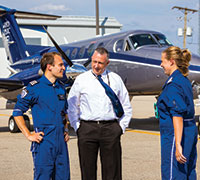
Personnel:
28 pilots, 10 maintenance technicians, 3 admin assistants, and nearly 50 nurses and paramedics.


 International Business Aviation Council Ltd.
International Business Aviation Council Ltd.